List of Finance Ministers of India
Finance, in layman's terms, is defined as the administration of money, debt, investment, or banking by any government or commercial institution. It requires overseeing the acquisition of required money.
Importance of Finance in Government
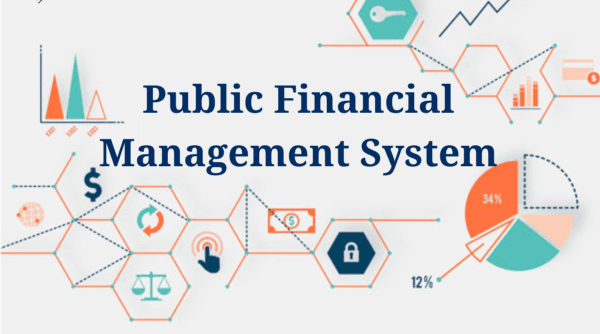
It's no secret that every organization needs money to establish a new business or expand an existing one. Even the slightest activity, such as posting a job advertisement or hiring someone, necessitates a continuous flow of funds. As it is said that money is the fuel of business, money management is also a key component of it. Hence, financial management is at the heart of the business, as it aids in the generation of profits, the monitoring of finances, and the survival of businesses in the face of adversity, as well as the achievement of long-term goals particular to the organization.
Government institutions, like any other business or organization, must take care of these issues because their functions are comparable in today's modern world. The government must transition from revenue production to policy implementation for the benefit of citizens. In essence, the role of government institutions is more than merely profit-making, as is the case with any corporation. We can see how broad the obligations of the finance minister become in terms of steering the government down the appropriate financial management route. Finance has grown in popularity as a result of such necessities and importance across countries. The subject is studied in a variety of academic disciplines, and a multitude of professional degrees and certificates are offered. In fact, many of our ministers and prominent figures have degrees in banking and economics.
Before we examine financial ministers, we must first define what a minister is, as we have just addressed the definition of finance. Therefore, a minister is a person who leads a department and is responsible for its entire operation. A finance minister, on the other hand, is the head of India's finance ministry, which is responsible for the country's fiscal policy and financial management. In the Indian government, he or she usually holds the office of a cabinet minister. He or she is the country's economic engine, in charge of putting the country's whole budget together. India's first finance minister after independence was RK Shanmukham Chetty who presented an interim budget for the economic evaluation. It took 75 years for all of India's finance ministers, from independence to the present, to transform the country into a fast-growing trillion-dollar economy in South Asia, second only to China.
Roles and Responsibilities of Finance Minister:
The Finance Minister of India heads the Finance Ministry of the Union Government and is appointed by the President on Prime Minister’s recommendation. Holding one of the most important positions of the Government, the finance minister of India has the biggest responsibility in the form of formulating the fiscal policy (popularly called ‘Union Budget’) of the Union Government. Union Budget presented by the finance minister in the Indian Parliament on the 1st of February of any given year outlines the Government’s plan and means of raising income from different sources such as taxation, borrowings etc and how and where the Government is going to spend it in the next financial year. He/She is also responsible for allocating funds to different ministries and departments.
As of 2022, India’s Finance Minister is Smt. Nirmala Sitharaman who succeeded Mr. Arun Jaitley in 2019.
Following are the responsibilities of the finance minister:
- Formulation of Annual Financial Budget of the nation.
- Framing and monitoring of macroeconomic policies related to public finance, capital market, inflation etc.
- Advising the Government of India on economic matters.
- Framing financial legislations.
- Formulating various schemes and programmes.
- Monitoring the country's economic situation and taking appropriate measures as needed.
- Taking the necessary actions to promote the country's economic prosperity.
List of Finance Ministers of India:
Since its independence in 1947, India has had as many as 24 finance ministers who shaped the Indian Economy to reach its present size.
- R. K. Shanmukham Chetty
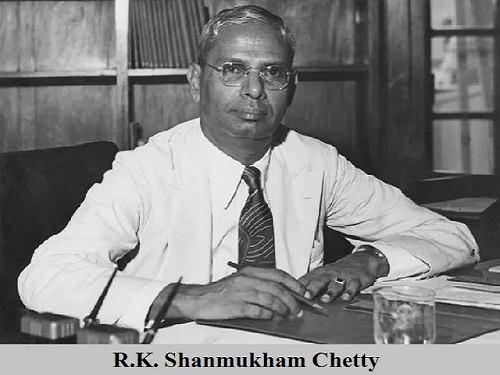
Ramasamy Chetty Kandasamy Shanmukham Chetty became independent India’s first finance minister after he was picked for the post by India’s Father of the Nation, Mahatma Gandhi. He was a politician, economist, and Indian lawyer. He served the finance ministry from 1947 to 1948. He is best remembered today for presenting the first-ever annual financial of Independent India in the parliament on 26th November 1947. However, Chetty continued for a very short time and resigned from his post due to his conflicting views with the first Prime Minister of Independent India, Jawaharlal Nehru.
- Kshitish Chandra Neogy
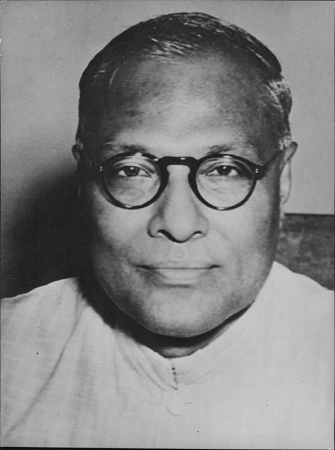
Neogy became India's second Finance Minister after R. K. Shanmukham Chetty resigned in 1950. He was in office only for 35 days and could not propose a budget since he resigned from the cabinet alongside Syama Prasad Mookerjee.
- John Mathai

John Mathai, who was the first Railway Minister of Independent India took over the office of Finance Minister in 1948. Although he is credited for presenting two budgets for financial years, 1949-1950 and 1950-1951, he had to resign in 1950 after some allegations against him for conferring huge powers with the Planning Commission of free India and PC Mahalanobis, one of its members.
- Chintaman Dwarkanath Deshmukh
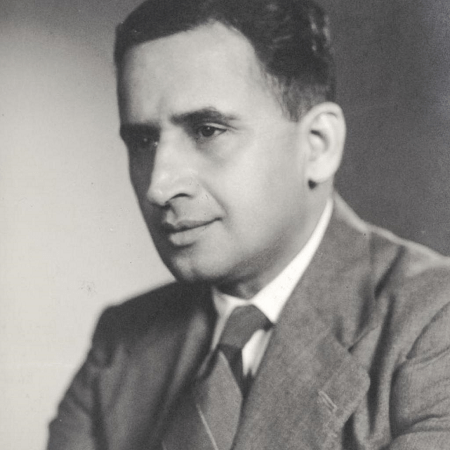
After the conclusion of the first general elections of independent India in 1952, CD Deshmukh was credited for presenting the first budget to the first elected Lok Sabha MPs. In 1943, he became the first Indian to serve as Governor of the Reserve Bank of India.
He devised and implemented India's First and Second Five-Year Plans, laying the groundwork for the country's future success. During his stint as India's Finance Minister, he was responsible for the enactment of the new Companies Act and assisted in the formation of the State Bank of India by nationalising and amalgamating the Imperial Bank of India with several other smaller banks. He was instrumental in the nationalisation of life insurance companies and the establishment of the Life Insurance Corporation of India under the Life Insurance Corporation of India Act, 1956. He did, however, resign from the Cabinet in his protest against Mumbai’s separation from Maharashtra.
He served as Finance Minister from 1950 to 1956, presenting six budgets and an interim budget. It was due to his efforts that the Indian economy was able to recover from the effects of WWII while still maintaining a stable growth rate.
- Tiruvellore Thattai Krishnamachari
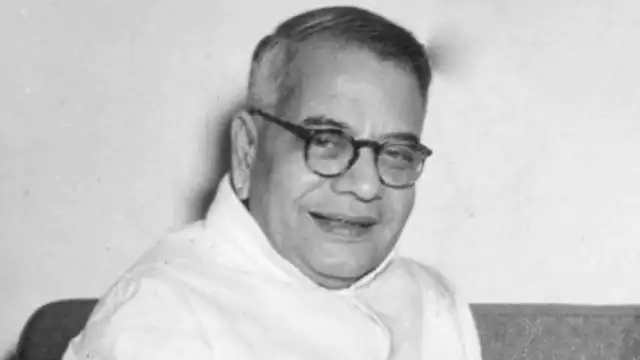
TT Krishnamachari succeeded CD Deshmukh as the next Finance Minister. He then discovered that the budget calculations for 1955-56 were incorrect. So, even before the preparation of the next budget, he highlighted the changing economic situation and emphasised the necessity to levy more taxes in a five-thousand-word address on November 30, 1956.
He served the office of Finance Minister twice. First from 1956 to 1958 and then again from 1964 to 1966. On March 14, 1957, he submitted an interim budget for 1957-58, followed by the full budget after the conclusion of the Second General. He was a key figure in the establishment of the country's three major steel plants, as well as financial institutions such as IDBI, ICICI, and UTI.
He brought ground-breaking reforms in the taxation system of India. However, in February 1958, Krishnamachari was forced to resign after the Justice Chagla Commission declared him guilty of corruption for his involvement in a scam.
In his second term as finance minister, he presented the budgets for financial years, 1964-1965 and 1965-1966. In 1964, recognising the need for social security measures, Krishnamachari launched a new Family Pension Scheme, through which he expanded the pension system that covered the family members of deceased government officials.
- Jawaharlal Nehru
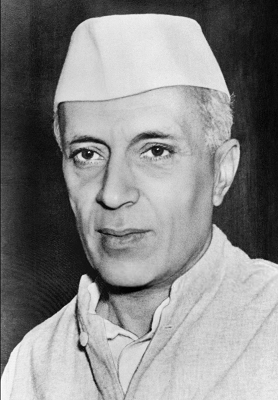
After Krishnamachari resigned in 1958, Jawaharlal Nehru, the contemporary Prime Minister took over as the finance minister and delivered the budget for 1958-1959.
- Morarji Ranchhodji Desai
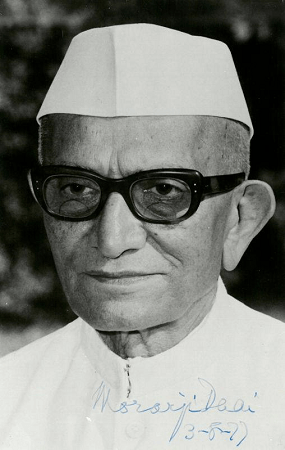
Morarji Desai as the next finance minister had delivered ten budgets, the most budgets to date. During his first term, he had presented one interim budget and five annual budgets that included the budgets for the years 1959-60 to 1963-64.
Morarji Desai was re-elected as Finance Minister for the second time in 1967 after the fourth General Elections. He presented the 1967-68 interim budget as well as three annual budgets from 1967-68 to 1969-70.
To lower the Excise Department's administrative burden and limit the discretionary powers of its field officers, Desai, ended the requirement for items to be stamped and assessed by Excise Department authorities immediately at the factory gate and introduced a self-assessment system for all large and small firms. This exercise is still in use today. Self-removal of goods caused significant improvement in the procedure that helped to raise production.
In July 1969, Desai resigned in protest against an ordinance issued on a Saturday evening that called for the nationalisation of major banks of India. He believed that putting social authority over banks would help in the regulation of their operations and hold them accountable.
- Sachindra Choudhuri
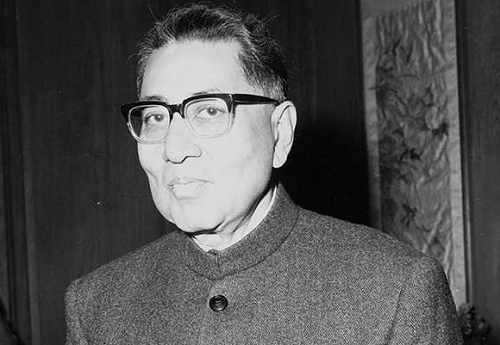
Following T T Krishnamachari's resignation in 1966, Sachindra Choudhuri proposed the budget for 1966-67.
It was for the first time in independent India that the Indian economy entered a two-year recession during his tenure. In 1965, real GDP growth was 2.6 percent, while in 1966, it fell to 0.06 percent leading to the devaluation of the Rupee for the first time in its history.
- Indira Gandhi
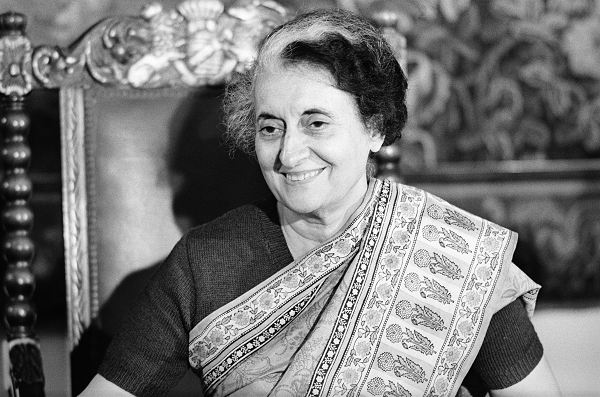
Indira Gandhi, the then-Prime Minister, became the first woman finance minister of independent India when she took over the Finance Ministry after Desai’s resignation and served the ministry from 1970 to 1971.
Before appointing YB Chavan as Finance Minister, Indira Gandhi delivered the Union Budget for 1970-71. Her first and only Budget speech became notable for a spate of anti-poverty initiatives inspired by her classic "Gareebi Hatao" slogan, as well as her jeer at smokers.
- Yashwantrao Balwantrao Chavan
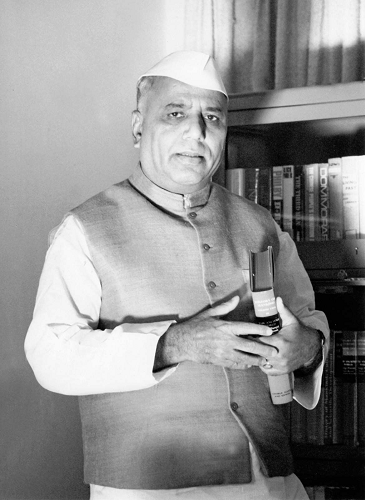
In 1971, after the conclusion of the Fifth General Elections, YB Chavan was appointed the finance minister. He delivered the interim budget for 1971-72 as well as the final budgets for the next four years, 1971-72 to 1974-75.
It was deemed vital at that time to ensure an unbroken coal supply in order to meet the expanding demand for coal in diverse industries such as power, cement, and steel. It was also thought that a government-run system would best serve the interests of mineworkers, therefore, in the 1973-74 budget, Chavan proposed the nationalisation of general insurance companies, Indian Copper Corp, and coal mines with a fund of Rs 56 crore. This was thought to be a huge sum considering the budget deficit for 1973-74 was estimated to be Rs 550 crore.
- Chidambaram Subramaniam
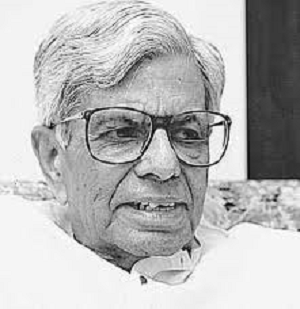
Between 1975-76 and 1976-77, C Subramaniam presented the budgets. To increase excise income, he cast the largest net possible.
- Hirubhai Mulljibhai Patel
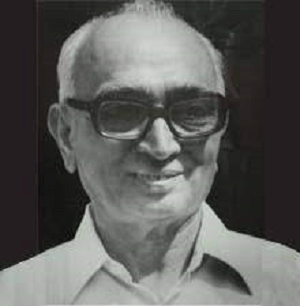
HM Patel assumed the office of finance minister from 1977 to 1979 after the formation of the then-Janata Party Government at the centre following the Seventh General Elections in March 1977. In 1977-78, he presented the interim budget and subsequently the 1978-79 annual budget.
- Chaudhary Charan Singh
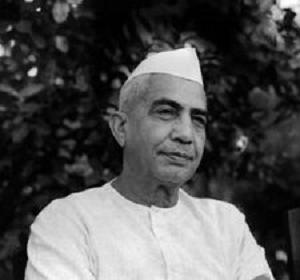
Chaudhary Charan Singh served as the finance minister in the Janata Party Government led by Morarji Desai. He presented the budget for the 1979-1980 financial years.
- Ramaswami Venkataraman
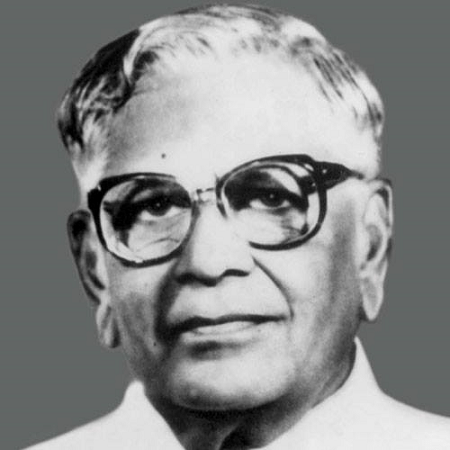
The Congress Party regained power in the Seventh General Elections in January 1980 and on January 14, 1980, Ramaswami Venkataraman was appointed as the Union Minister of Finance. He was in charge of the position till January 15, 1982. The interim and final budgets for 1980-81, as well as the yearly budget for 1981-82, were presented by Venkataraman who later on became the 8th President of India.
- Pranab Mukherjee
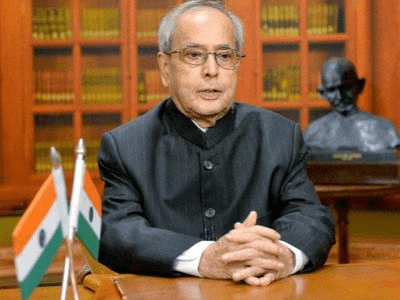
Mukherjee served as India's Finance Minister for the first time in 1982, during the Indira Gandhi administration. In 1982–83, he presented his first union budget. His first tenure was remembered for his efforts to strengthen the government's finances and for successfully repaying the final instalment of India's first IMF loan.
However, in 1984, Rajiv Gandhi ousted Mukherjee from his office of Finance Minister. In 2009, Mukherjee was re-elected as India's Finance Minister. He then presented the annual budgets for 2009, 2010, and 2011.
- Vishwanath Pratap Singh
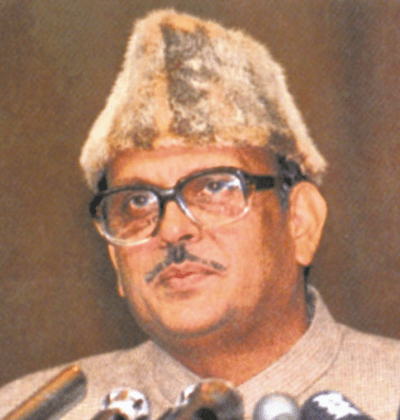
Following the mandate of Rajiv Gandhi in the Eighth General Elections in 1984, VP was given charge of the finance ministry. He presented the 1985-86 and 1986-87 annual budgets. He supervised the progressive liberalisation of license raj. He also lowered gold taxes and allocated a share of confiscated gold to the police. He gave the Finance Ministry's Enforcement Directorate, which is in charge of tracking down tax evaders, exceptional powers. Singh has received significant appreciation for his attempts to decrease government regulation of industry and combat tax evasion.
The then PM, Rajiv Gandhi sacked him as Finance Minister after a series of high-profile raids were conducted on suspected tax evaders, including Amitabh Bachchan and Dhirubhai Ambani, probably because many of the operations targeted industrialists who had previously backed the Congress financially.
- Rajiv Gandhi
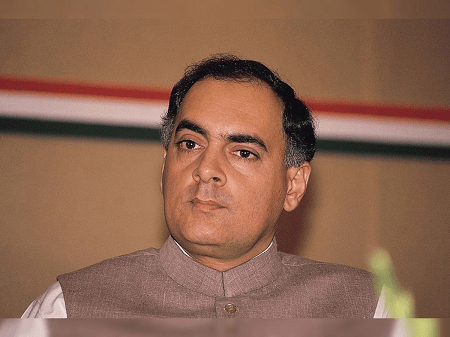
After sacking VP Singh from the finance portfolio, Rajiv Gandhi himself took over as the finance minister. He presented the 1987-88 budget and after his mother, Indira Gandhi and grandfather, Jawaharlal Nehru, became the third Prime Minister to present a budget. The zero-based budgeting exercise commenced from 1987-88 only.
Rajiv Gandhi enacted legislation relating to the minimal corporate tax, often known as the Minimum Alternate Tax or MAT. The goal was to bring high-profit businesses into the tax net that were otherwise legally avoiding paying income tax.
- Narayan Datt Tiwari
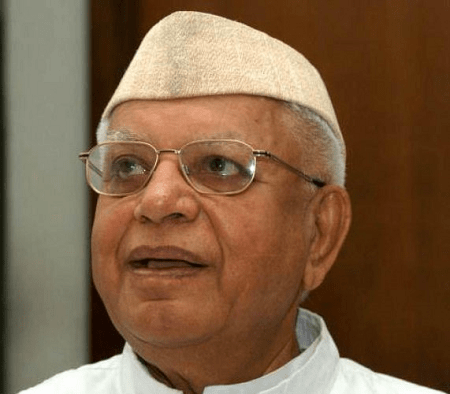
ND Tiwari was a member of Prime Minister Rajiv Gandhi's cabinet from 1986 to 1988, first as Minister of External Affairs and later as Minister of Finance. He presented the union budget for financial year 1988-1989.
- Shankarrao Bhavrao Chavan
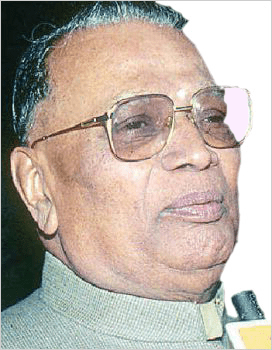
SB Chavan presented the budget for 1989-90. He stayed as finance minister from 1988-1989 and also served as Maharashtra's Chief Minister twice.
- Madhu Dandavate
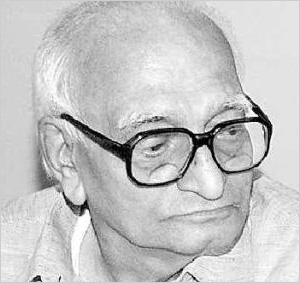
Madhu Dandavate served as the finance minister under the newly formed VP Singh led Janata Dal’s Government in 1989. He presented the annual Union Budget for 1990-1991.
- Yashwant Sinha
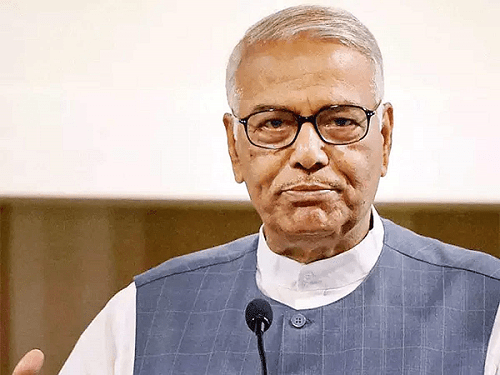
Yashwant Sinha became Finance Minister twice. Once under the prime ministership of Chandra Shekhar from 1990 to 1991 and again under Atal Bihari Government from March 1998 to July 2002.
In Chandra Shekhar’s government, Sinha delivered the 1991-1992 interim budget, and following the General Elections in March 1998, Yashwant Sinha was handed the Finance portfolio by the first ever BJP-led Atal Bihari Vajpayee government. He delivered the interim budget for 1998-99 and then the final budget for the same financial year. In 1999, after the conclusion of the 13th General Elections, he was re-elected as the finance minister.
From 1999 to 2002, he presented four annual budgets. Budgets were formerly delivered at 5 p.m. as a pre-independence tradition followed by the British regime. Sinha broke this tradition by becoming the first finance minister to present the budget for 1999-2000 in the morning.
Sinha is widely acknowledged for enacting a number of important changes that have put the Indian economy on a solid development path. Among them include lowering real interest rates, establishing a mortgage interest tax deduction, liberalising the telecoms sector, assisting in the finance of the National Highways Authority, and deregulating the petroleum sector.
- Manmohan Singh
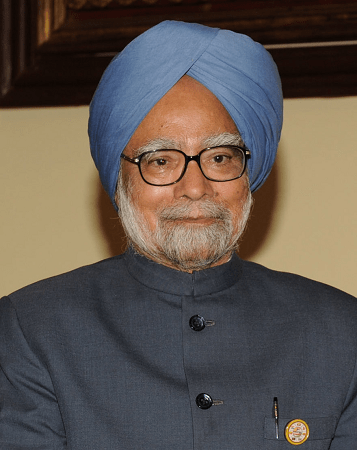
Manmohan Singh became the finance minister in 1991 under the leadership of Prime Minister PV Narsimha Rao. He delivered the final annual budget for 1991-1992.
A severe balance-of-payments crisis caused the liberalisation. Singh and Rao advocated for an economic liberalisation package that opened the country to foreign direct investment and cut red tape that had previously stifled corporate progress.
The ground-breaking budget of 1991-1992 reformed import-export policies, reduced import licencing, and promoted exports aggressively. Sunrise industries were boosted, and software companies were given privileges in order to make them more internationally competitive. Dividends and long-term capital gains taxes were reduced. SEBI was given statutory authority, and the private sector was allowed to invest in mutual funds. Interest rate stifling regulations were gradually eased.
The Manmohan Singh Budget allowed global competition into Indian businesses, and his economic reforms established the groundwork for the country's tremendous growth.
- Jaswant Singh
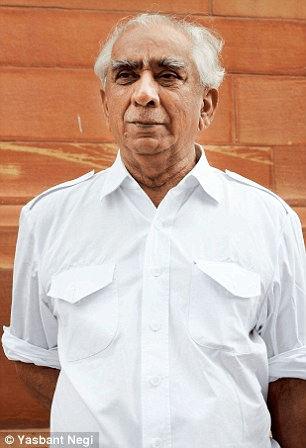
Jaswant Singh first became finance minister in Atal Bihari Vajpayee's short-lived cabinet, which lasted only from May 16 to June 1, 1996.
Singh was re-elected as Finance Minister in July 2002, succeeding Yashwant Sinha. He held the finance portfolio till the Vajpayee government was defeated in May 2004, and played a key role in outlining and pushing through the government's market-friendly reforms.
- Palaniappan Chidambaram
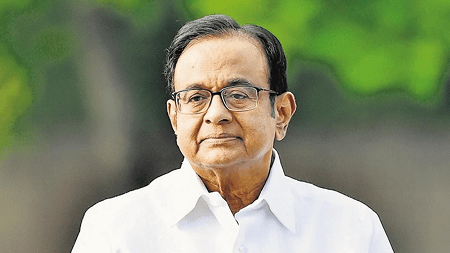
The 1996 general elections cleared the way for a coalition government led by left-wing parties. This was a major coup for Chidambaram, who was handed the crucial cabinet position of Finance, putting him in the spotlight. Chidambaram, who was then a member of Tamil Maanila Congress, delivered the 1996-97 final budget.
Despite the fact that the coalition government was short-lived (it collapsed in 1998), it demonstrated Chidambaram's competency as Finance Minister that led to his reappointment to the same critical position under Prime Minister Manmohan Singh’s Government in 2004.
During his second term, his 2005 Budget established the tone for the United Progressive Alliance (UPA), which remained in power for ten years. The UPA moved its focus to the common man after the NDA's India Shining campaign failed, introducing key projects such as the National Rural Health Mission and the National Rural Employment Guarantee Scheme (Mahatma Gandhi National Rural Employment Guarantee Scheme).
- Arun Jaitley
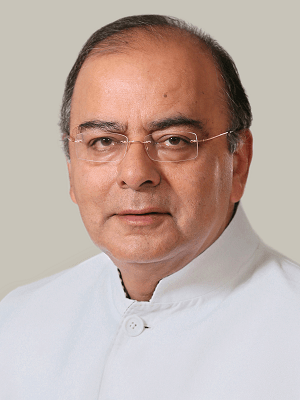
After the Narendra Modi-led NDA Government came to power in 2014, Arun Jaitley was appointed as the finance minister. Arun Jaitley presented the Union Budget from 2014 to 2019.
In 2016, the government announced demonetisation, phasing out the then-current Rs 500 and Rs 1000 notes and replacing them with new Rs 500 series, Rs 200 notes, and Rs 2000 notes, in line with the NDA's goal of eliminating corruption and reducing black money.
Then in July 2017, the government shifted to a more effective GST regime under his leadership, putting an end to a slew of inefficient levies.
In a letter to Prime Minister Narendra Modi dated May 29, 2019, Arun Jaitley cited health issues as a reason for not participating actively in the formation of the new government, thereby renouncing a role as a minister in Prime Minister Modi's second term.
- Piyush Goyal
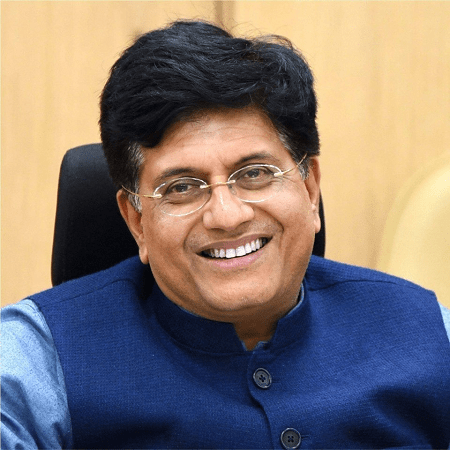
Stepping in for Arun Jaitley through periods of his sickness, Goyal served as the finance and corporate affairs minister from January 23 till February 15, 2019. He presented the 2019-20 Interim Budget. One of the most important things he announced in the Interim Budget was a tax break for the salaried class who belonged to the lowest income group. The budget also mentioned the announcement of the roll-out of the PM-KISAN scheme. The scheme aimed at supporting farmers with direct-cash transfers.
- Nirmala Sitharaman
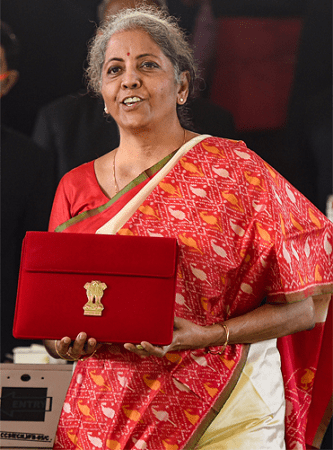
Assuming the charge of finance and corporate affairs ministry on 31st May 2019, Nirmala Sitharaman became India’s first full-time woman finance minister. On July 5, 2019, she delivered her first budget to the Indian parliament. As of 2022, Sitharaman has issued four annual budgets. It is under her tenure that India's GDP grew to a size of $3.1 trillion and is soon set to surpass the Japanese economy by the year 2030.
Conclusion
Finance ministers hold one of the most important and powerful positions in a government. The role of finance ministers differs from that of other ministries in that it deals with the most important aspect of the country, which is finance, and because there were up to 27 finance ministers after India gained independence from imperialist British rule in 1947, all of these ministers greatly shaped India's economy, which is why India's economy has grown close to $3 trillion today. All finance ministers bear a considerable amount of responsibility for ensuring that economic growth is retained and that the social sector advances without compromising financial sustainability. It is because of the collective contributions of all the finance ministers so far that the Indian economy is shaped as it stands today in front of the world. After China, our country has become the world's fastest-expanding economy and a significant supplier of goods and services. After contracting 7.3 percent in 2020, the Indian economy is anticipated to rise upto 8.5 percent in 2021. As of December 2021, India ranks as the 7th largest economy in the world. It has been predicted by the Centre for Economics and Business Research (CEBR) that in 2022, India will reclaim its status as the world's sixth-largest economy, replacing France. It has also been projected by IHS Markit that India is soon going to overtake Japan as the second-largest economy of Asia by 2030 and the third-largest economy in the world by 2031 surpassing Germany and the UK.